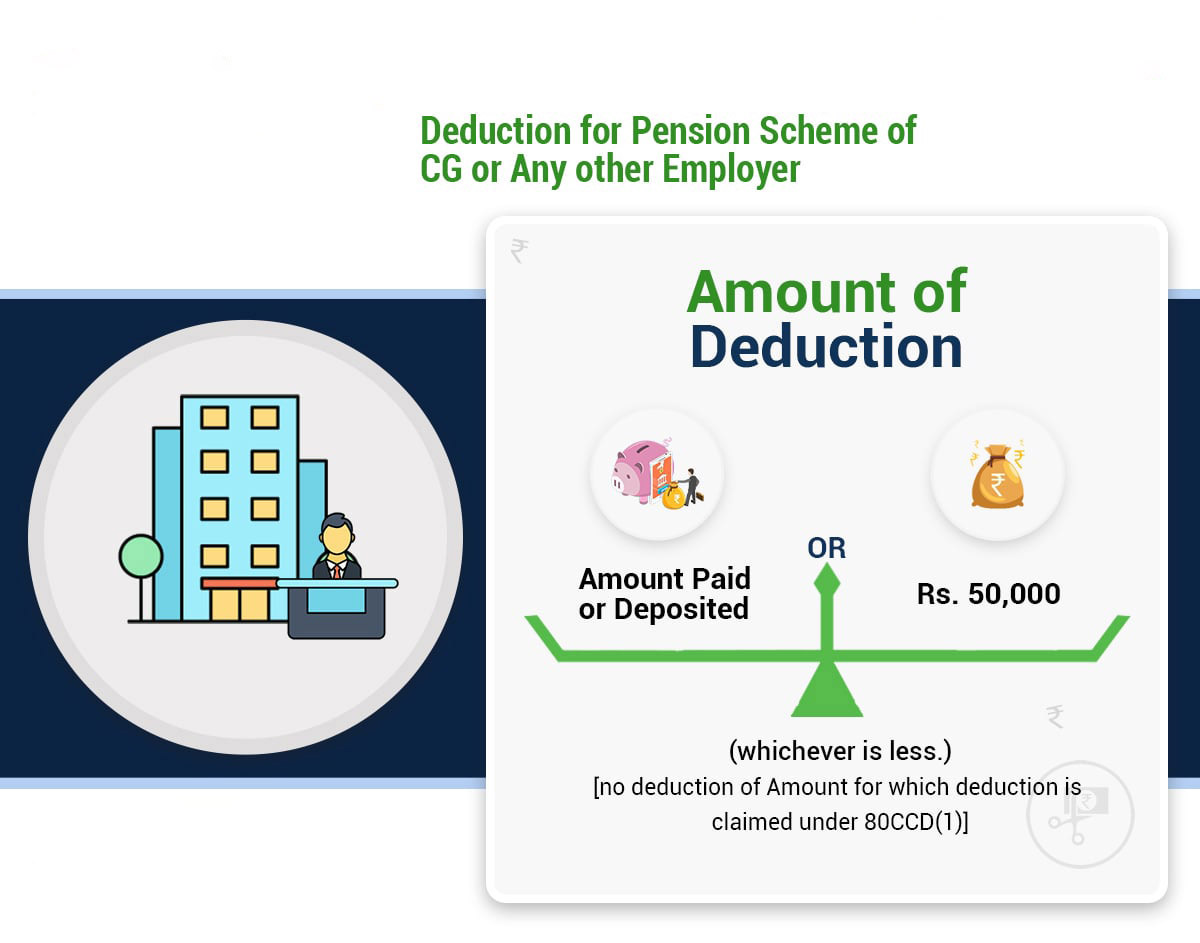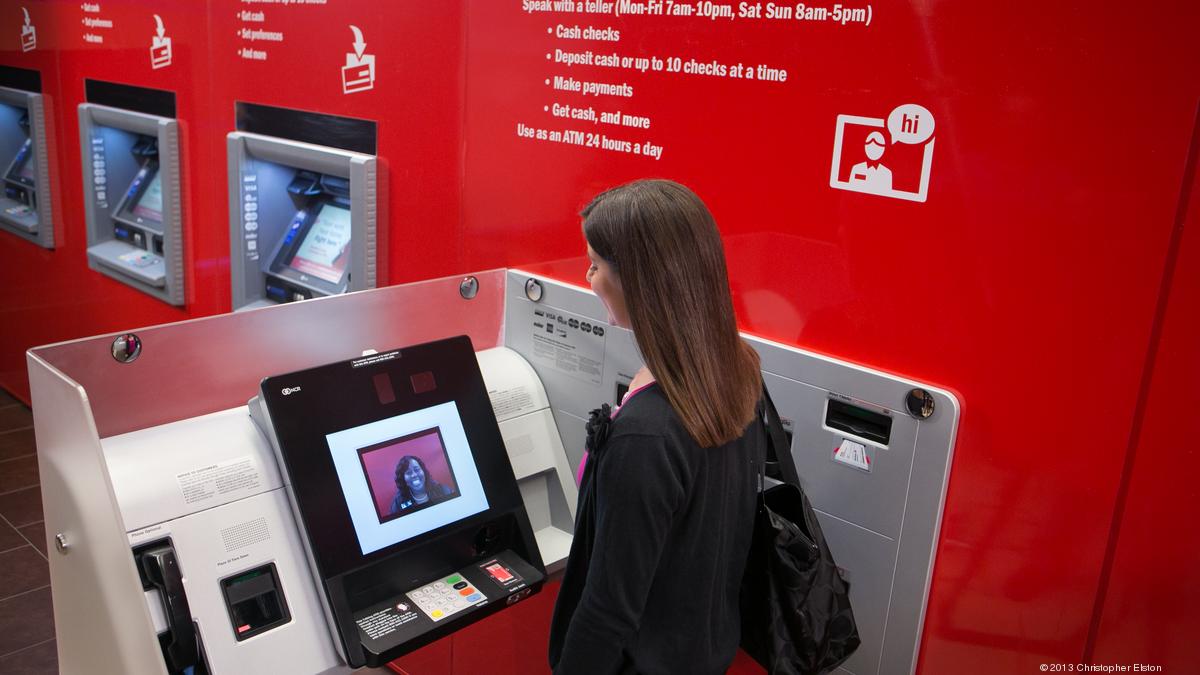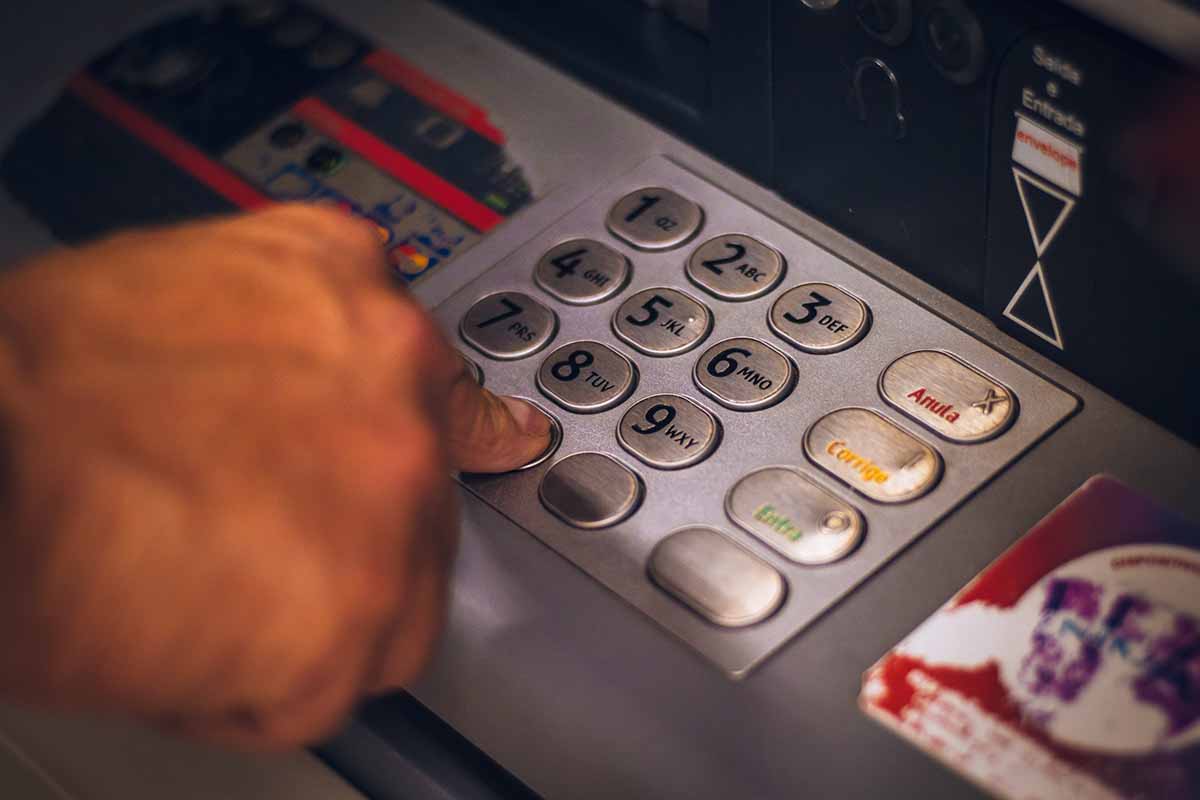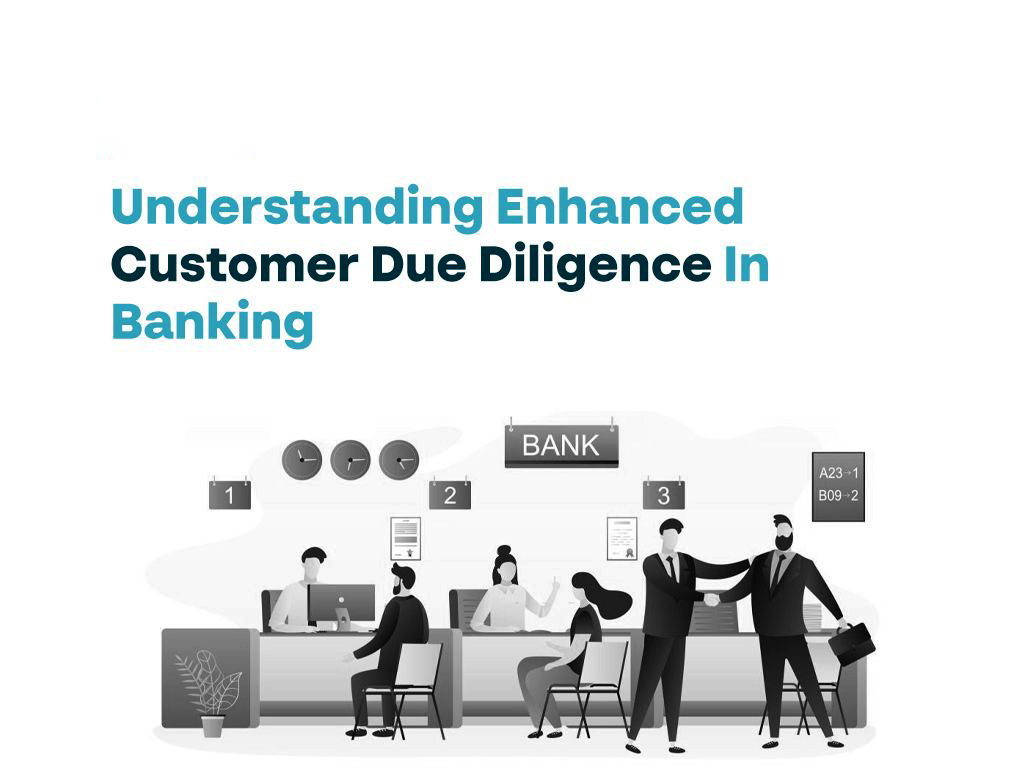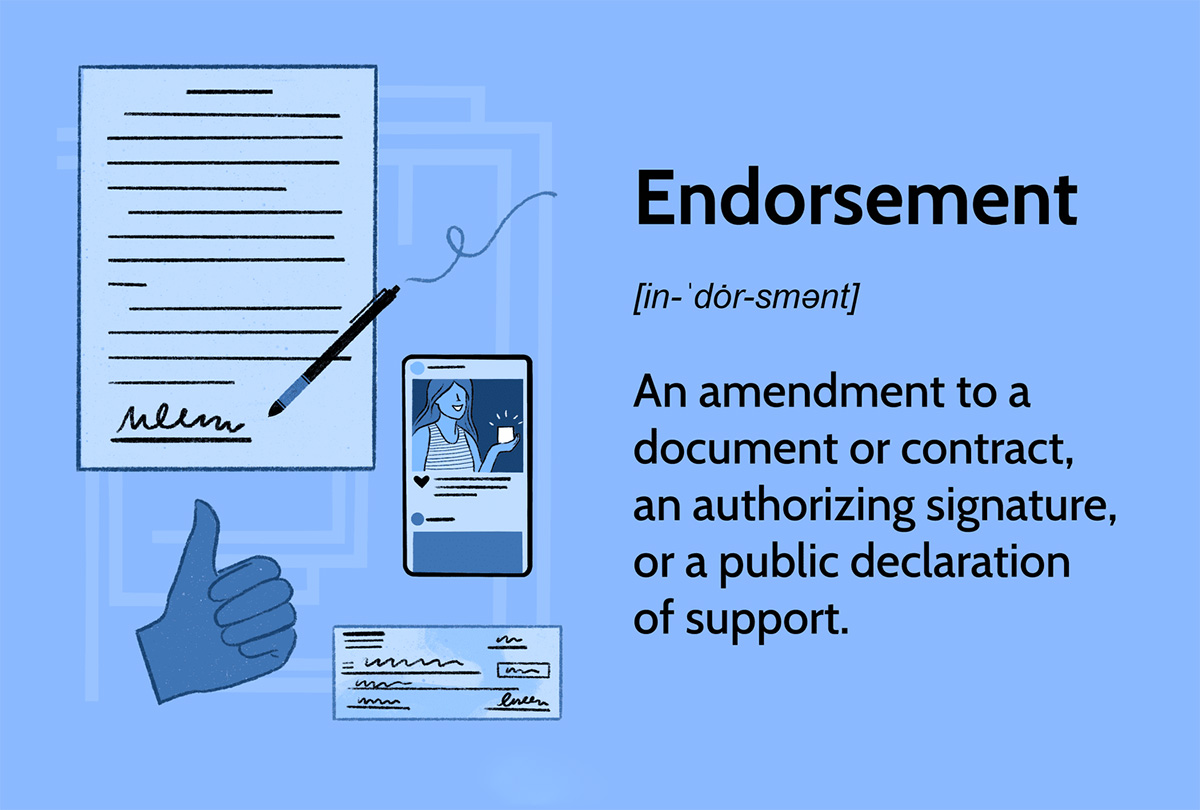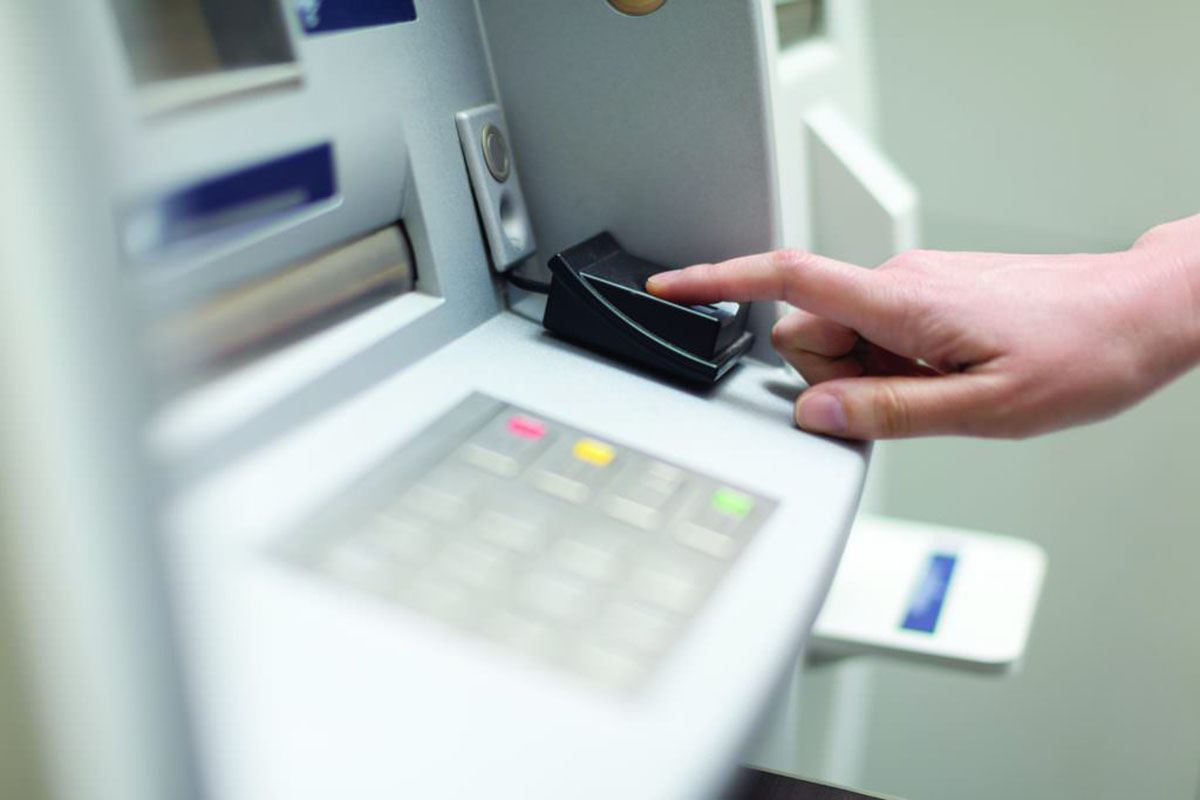

Finance
What Is MMN In Banking
Published: October 11, 2023
Discover the concept of MMN in banking and how it is relevant to finance. Uncover the key features and benefits of MMN and its impact on the banking industry.
(Many of the links in this article redirect to a specific reviewed product. Your purchase of these products through affiliate links helps to generate commission for LiveWell, at no extra cost. Learn more)
Table of Contents
Introduction
As technology continues to advance, the banking industry is constantly seeking new ways to enhance security and protect customers’ financial information. One such method that has gained significant attention is the use of Multifactor Modalities of Authentication (MMN) in banking.
MMN refers to the use of multiple layers of authentication to verify a user’s identity, making it more difficult for unauthorized individuals to gain access to sensitive financial data. Traditional authentication methods, such as passwords and security questions, are no longer deemed sufficient in today’s digital landscape. MMN offers a more robust and comprehensive approach to authentication, ensuring that only authorized users can access their banking accounts.
With the rise in cyber threats and identity theft, implementing MMN in banking has become crucial. This article will explore the definition of MMN in banking, its importance in securing financial transactions, the role it plays in fraud prevention, the benefits it provides, strategies for implementing MMN, challenges in its implementation, and the future outlook of MMN in the banking industry.
Definition of MMN in Banking
Multifactor Modalities of Authentication (MMN) in banking refers to the use of multiple authentication factors to verify the identity of a user before granting access to their banking accounts. Authentication factors can include something the user knows (such as a password or PIN), something the user has (such as a physical token or smartphone), or something the user is (such as biometric data – fingerprints, facial recognition, or voice identification).
The idea behind MMN is to create a layered approach to authentication that combines factors from different categories. By incorporating multiple factors, MMN adds an extra layer of security and makes it significantly more difficult for unauthorized individuals to bypass the authentication process and gain access to sensitive financial information.
Traditional single-factor authentication methods like passwords or PINs are prone to being compromised. Users may choose weak passwords or reuse the same password across multiple platforms, making it easier for hackers to gain unauthorized access. MMN mitigates these risks by requiring users to provide multiple pieces of unique information or to perform multiple actions to authenticate themselves.
This multi-factor authentication mechanism significantly reduces the likelihood of unauthorized access and provides an extra layer of security to protect banking transactions and sensitive customer data.
It is important to note that the specific authentication factors and implementation may vary depending on the bank and the technology used. However, the core principle remains the same, which is to authenticate users through multiple factors to verify their identity before granting access to their banking accounts.
Importance of MMN in Banking
In today’s increasingly digital world, the importance of implementing Multifactor Modalities of Authentication (MMN) in banking cannot be overstated. Here are some key reasons why MMN is crucial in the banking industry:
- Enhanced Security: MMN provides an additional layer of security by requiring multiple authentication factors. This makes it significantly harder for cybercriminals to gain unauthorized access to financial accounts and sensitive customer data. Even if one factor is compromised, the presence of other factors ensures that the account remains protected.
- Protection Against Credential Theft: Traditional authentication methods like passwords are susceptible to hacking and credential theft. By incorporating multiple authentication factors, MMN reduces the risk of unauthorized access even if one factor, such as a password, is compromised.
- Stronger User Authentication: MMN ensures that the person accessing the account is the legitimate user and not an imposter. By requiring multiple authentication factors, MMN significantly reduces the likelihood of identity theft and impersonation, providing a higher level of assurance for the bank and customers.
- Compliance with Regulatory Standards: Many regulatory bodies, such as the Payment Services Directive 2 (PSD2) in the European Union, require banks to implement strong customer authentication methods to protect against fraud and ensure data security. MMN helps banks meet these regulatory standards and demonstrates their commitment to safeguarding customer information.
- Reduction of Fraud: MMN plays a crucial role in mitigating fraud in banking. By adding multiple layers of authentication, it becomes much harder for fraudsters to conduct unauthorized transactions or gain access to sensitive customer data.
- Customer Trust and Confidence: Implementing MMN shows customers that the bank takes their security seriously. It instills trust and confidence in the banking relationship, enhancing customer loyalty and satisfaction.
Overall, the importance of MMN in banking lies in its ability to strengthen security, protect against unauthorized access and fraud, comply with regulatory standards, and boost customer trust. As cyber threats continue to evolve, implementing MMN becomes a vital aspect of any comprehensive security strategy in the banking industry.
Role of MMN in Fraud Prevention
One of the primary roles of Multifactor Modalities of Authentication (MMN) in banking is to enhance fraud prevention measures. By incorporating multiple authentication factors, MMN significantly reduces the risk of fraudulent activities and unauthorized access. Here are the key ways in which MMN plays a crucial role in preventing fraud:
- Stronger Authentication: MMN requires users to provide multiple authentication factors, such as passwords, biometrics, or physical tokens. This multi-layered approach makes it much harder for fraudsters to successfully authenticate themselves, as they would need to compromise multiple factors to gain unauthorized access.
- Increased User Identification: MMN helps in accurately identifying legitimate users. By incorporating biometric factors like fingerprints or facial recognition, the system can verify the user’s unique physical characteristics, making it extremely difficult for fraudsters to impersonate someone else.
- Real-Time Transaction Monitoring: MMN can be used not only during the authentication process but also for ongoing transaction monitoring. Banks can implement alerts and notifications that notify users of any suspicious or unusual account activities. This proactive approach helps in detecting and preventing fraud before it causes significant damage.
- Secure Account Access: By implementing MMN, banks can ensure that only authorized individuals can access their accounts. Strong authentication factors like one-time passwords (OTPs) sent to registered mobile devices or hardware tokens minimize the risk of unauthorized access even if account credentials are compromised.
- Reduced Phishing Attacks: Phishing attacks attempt to trick users into revealing their login credentials or sensitive information. MMN can help combat these attacks by requiring additional authentication factors. Even if users fall victim to phishing attempts and provide their passwords, the fraudsters would still need to bypass the additional authentication factors to gain access.
- Compliance with Industry Standards: Implementing MMN ensures compliance with regulatory standards and industry best practices for fraud prevention. This protects both the bank and the customers from financial losses and reputational damage caused by fraudulent activities.
Overall, MMN plays a vital role in preventing fraud by implementing strong authentication measures, accurately identifying legitimate users, real-time transaction monitoring, securing account access, reducing phishing attacks, and complying with industry standards. By implementing MMN, banks can significantly reduce the risk of fraudulent activities and provide a safer environment for their customers.
Benefits of MMN in Banking
Multifactor Modalities of Authentication (MMN) in banking offers a wide range of benefits for both financial institutions and customers. Here are the key advantages of implementing MMN:
- Enhanced Security: MMN provides robust protection against unauthorized access and fraud. By requiring multiple authentication factors, it significantly reduces the success rate of cyberattacks and ensures that only authorized users can access their banking accounts.
- Improved User Experience: While MMN adds an extra layer to the authentication process, advancements in technology have made it more seamless and user-friendly. Biometric authentication methods, such as fingerprints or facial recognition, eliminate the need for users to remember complex passwords or carry physical tokens, making the banking experience more convenient and efficient.
- Reduced Risk of Identity Theft: MMN strengthens the identity verification process, making it significantly harder for fraudsters to impersonate customers. By incorporating biometric factors, such as fingerprints or voice recognition, MMN ensures that the person accessing the account is the legitimate user, reducing the risk of identity theft.
- Compliance with Regulatory Standards: Many regulatory bodies require banks to implement strong customer authentication methods to protect against fraud and ensure data security. By adopting MMN, banks can comply with these standards and demonstrate their commitment to safeguarding customer information.
- Protection Against Credential Theft: Traditional authentication methods like passwords are susceptible to hacking and credential theft. MMN mitigates these risks by requiring multiple authentication factors. Even if one factor is compromised, the presence of other factors ensures that the account remains protected.
- Greater Trust and Confidence: Implementing MMN cultivates trust and confidence among customers. By providing enhanced security measures, banks can assure customers that their financial information is well-protected, leading to increased trust and loyalty.
- Reduced Financial Losses: MMN helps in mitigating fraud, preventing unauthorized access, and reducing financial losses for both financial institutions and customers. By implementing strong authentication measures, banks can minimize the risk of fraudulent transactions and the associated financial repercussions.
Overall, the benefits of MMN in banking are substantial. It offers enhanced security, improved user experience, reduced risk of identity theft, compliance with regulatory standards, protection against credential theft, increased customer trust, and reduced financial losses. With these advantages, MMN is becoming a vital component of the modern banking landscape, ensuring greater safety and peace of mind for both financial institutions and customers.
Strategies for Implementing MMN in Banking
Implementing Multifactor Modalities of Authentication (MMN) in banking requires careful planning and execution to ensure its effectiveness and seamless integration. Here are some key strategies for successfully implementing MMN in the banking industry:
- Conduct a Risk Assessment: Begin by conducting a comprehensive risk assessment to identify potential security vulnerabilities and determine the appropriate level of authentication required. This assessment will help in understanding the specific needs of the organization and the potential threats it faces.
- Choose Appropriate Authentication Factors: Select the most suitable authentication factors based on the organization’s risk assessment, customer preferences, and technological capabilities. Consider factors like passwords, biometric data (fingerprint, facial recognition), one-time passwords (OTPs), hardware tokens, or mobile applications.
- Adopt a Layered Approach: Implement a layered approach to authentication that incorporates multiple factors from different categories (something the user knows, something the user has, and something the user is). This adds an extra level of security and makes it more challenging for unauthorized individuals to bypass the authentication process.
- Ensure Seamless User Experience: While strengthening security is important, it is equally crucial to ensure a seamless user experience. Implement user-friendly authentication methods and technologies that are easy to use and minimize any disruption to the banking process.
- Educate and Communicate with Customers: Educate customers about the importance of MMN and how to use the new authentication methods effectively. Provide clear communication about the changes, benefits, and any actions required from the customers to ensure a smooth transition.
- Monitor and Analyze Authentication Processes: Continuously monitor the performance and effectiveness of the MMN implementation. Analyze authentication processes to identify any anomalies, potential weaknesses, or areas that require improvement.
- Keep Up with Technological Advancements: Stay updated with the latest advancements in authentication technologies and continuously evaluate their suitability for the organization. Implementing emerging technologies like biometrics or behavioral analytics can further strengthen MMN in the long run.
- Regularly Review and Update Security Protocols: Regularly review and update the organization’s security protocols to adapt to evolving security threats. Implement regular security assessments and audits to identify any vulnerabilities and address them promptly.
By following these strategies, banks can effectively implement MMN and enhance their security infrastructure. It is essential to recognize that the implementation process may vary depending on the size of the organization, the existing technological infrastructure, and the specific needs and requirements of the customer base.
Challenges in Implementing MMN in Banking
While Multifactor Modalities of Authentication (MMN) offers significant security benefits, there are several challenges that banks may face when implementing this authentication method. Understanding and addressing these challenges is crucial for successful implementation. Here are some common challenges in implementing MMN in banking:
- User Acceptance: Introducing new authentication methods may require users to change their habits and adapt to new processes. It can be challenging to gain user acceptance and encourage adoption, especially if the new methods are perceived as more complex or time-consuming.
- Integration with Existing Systems: Many banks have complex IT infrastructures and legacy systems that may not easily integrate with MMN. Ensuring seamless integration and compatibility with existing systems can be a significant technical challenge.
- Technology Limitations: Not all banks may have the technical capabilities or resources to implement certain MMN authentication factors, such as biometrics or hardware tokens. Technical limitations may require banks to invest in infrastructure and upgrades to support advanced authentication technologies.
- Cultural and Regulatory Factors: Some cultures or regions may have specific preferences or regulations that affect the implementation of MMN. Legal and regulatory requirements may differ across jurisdictions, requiring banks to navigate varying compliance standards.
- User Experience: Balancing security and user experience can be challenging. Implementing additional authentication factors can potentially add friction and disrupt the banking experience. Banks must find the right balance to provide both security and a seamless user experience.
- Fraudster Sophistication: Cybercriminals continually evolve their tactics and strategies to overcome security measures. As MMN becomes more prevalent, fraudsters may develop sophisticated methods to bypass or deceive the authentication process, requiring banks to stay vigilant and adaptive.
- Costs and Resources: Implementing MMN can require significant investments in technology, staff training, and infrastructure upgrades. Banks must allocate appropriate resources and budget to support the implementation process effectively.
It is essential for banks to proactively address these challenges by investing in user education and training, conducting thorough technological assessments, seeking regulatory guidance, considering user feedback and preferences, and continuously monitoring and updating security protocols to stay ahead of evolving threats.
Despite these challenges, the benefits of implementing MMN outweigh the difficulties. By carefully navigating these challenges, banks can strengthen their security measures and provide a safer and more secure banking experience for their customers.
Future Outlook of MMN in Banking
The future of Multifactor Modalities of Authentication (MMN) in banking holds great promise as technology continues to advance and security threats become more sophisticated. Here are some key trends and developments that shape the future outlook of MMN:
- Biometrics and Advanced Authentication: Biometric authentication, such as fingerprints, facial recognition, and voice identification, is becoming more prevalent and reliable. The future of MMN will likely see an increase in the use of biometric data as an authentication factor, offering a convenient and secure way for users to access their banking accounts.
- Behavioral Analytics: Behavioral analytics analyzes user behavior patterns, such as typing speed, mouse movements, and navigation habits, to establish a unique profile for each user. This form of authentication can provide an additional layer of security by identifying anomalies and detecting fraudulent activities based on user behavior.
- Contextual Authentication: Contextual authentication takes into account various factors, such as device location, time of day, and transaction history, to assess the risk level of an authentication request. This approach allows banks to dynamically adjust the authentication requirements based on the specific context, striking a balance between security and user convenience.
- Continuous Authentication: Continuous authentication aims to provide an ongoing assessment of a user’s identity throughout their session rather than just at the initial login. This real-time monitoring helps detect suspicious activities and prompts additional authentication steps if necessary, enhancing security and preventing unauthorized access.
- Blockchain and Distributed Ledger Technology (DLT): Blockchain technology and DLT offer secure and decentralized solutions for storing and protecting sensitive user data. By leveraging these technologies, banks can enhance the security of authentication processes and data privacy, reducing the risk of data breaches and unauthorized access.
- Artificial Intelligence (AI) and Machine Learning (ML): AI and ML algorithms can analyze vast amounts of data to detect patterns and anomalies, improving the accuracy of fraud detection and authentication processes. The future of MMN will likely see increased integration of AI and ML to enhance security and provide more personalized and adaptive authentication experiences.
The future outlook of MMN in banking is characterized by a combination of advanced technologies, seamless user experiences, and enhanced security measures. As cyber threats continue to evolve, banks must stay proactive in adopting new authentication methods and technologies to keep pace with the ever-changing landscape.
Furthermore, regulatory bodies around the world are focusing on strengthening customer authentication requirements to combat fraud effectively. Banks must align their authentication strategies with these evolving regulations to ensure compliance and protect their customers and reputation.
Overall, the future of MMN in banking looks promising, with continuous advancements in technology and a strong focus on ensuring secure and convenient banking experiences for customers.
Conclusion
Multifactor Modalities of Authentication (MMN) has emerged as a crucial component of the banking industry’s security infrastructure. As cyber threats continue to evolve, traditional single-factor authentication methods are no longer sufficient to protect sensitive financial information and prevent fraud. MMN adds an extra layer of authentication by incorporating multiple factors, making it significantly more challenging for unauthorized individuals to gain access to banking accounts.
The implementation of MMN in banking offers a wide range of benefits. It enhances security, protects against unauthorized access and fraud, ensures regulatory compliance, and fosters customer trust and confidence. By implementing MMN, banks can improve the overall security infrastructure, prevent financial losses, and provide a safer and more secure banking experience for their customers.
However, there are challenges to overcome when implementing MMN in banking. These challenges include user acceptance, integrating with existing systems, addressing technological limitations, navigating cultural and regulatory factors, ensuring a seamless user experience, dealing with fraudster sophistication, and allocating sufficient resources for implementation. Overcoming these challenges requires strategic planning, ongoing evaluation, user education, and continuous adaptation to emerging technologies and security threats.
The future outlook of MMN in banking is promising, with advancements in technologies such as biometrics, behavioral analytics, contextual authentication, continuous authentication, blockchain, and AI/ML. These technologies will further enhance security, improve user experiences, and provide more personalized and adaptive authentication methods.
In conclusion, MMN is a crucial tool for securing banking transactions and protecting customer data in an increasingly digital world. By implementing MMN and staying proactive in adopting advanced authentication methods, banks can ensure the highest level of security while delivering seamless and convenient banking experiences to their customers.
